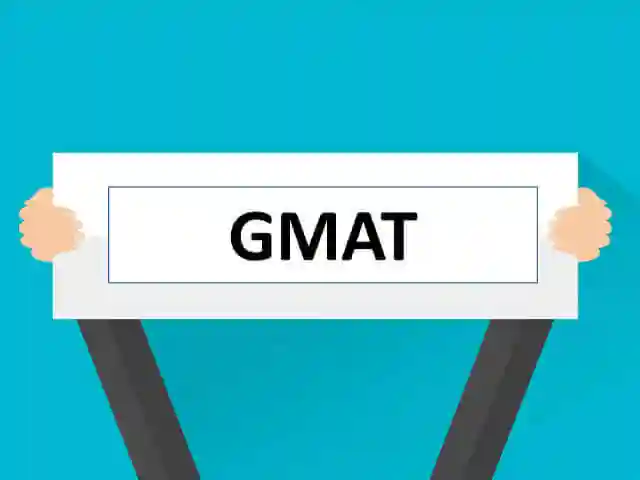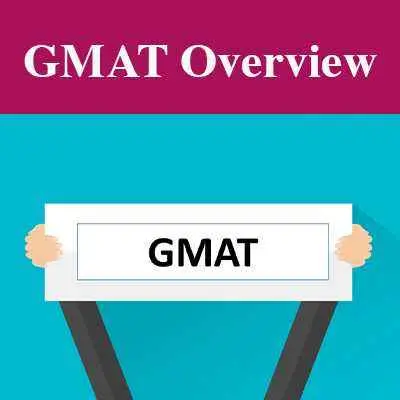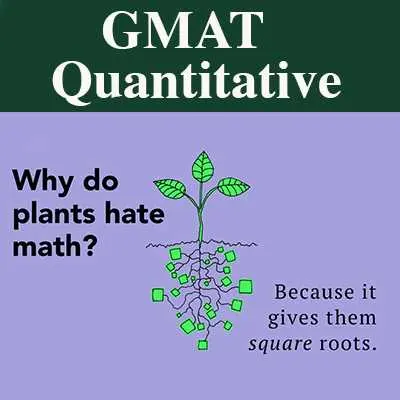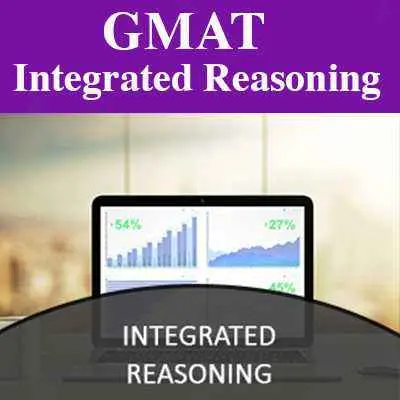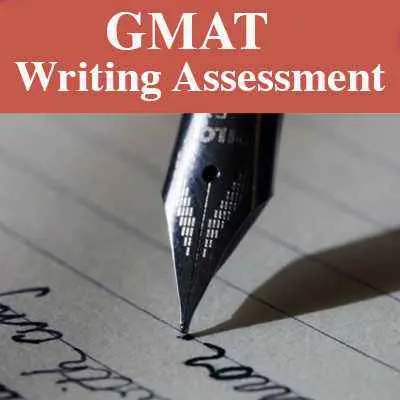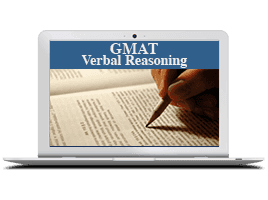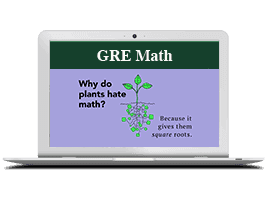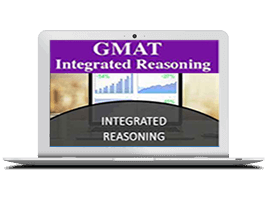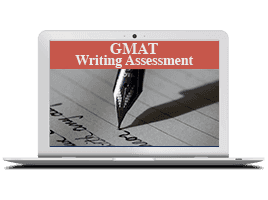About the GMAT
What you need to know
The GMAT (Graduate Management Admissions Test) is a computer adaptive test (CAT) that assesses a person's analytical, writing, quantitative, verbal, and reading skills in standard written English in preparation for being admitted into a graduate management program, such as an MBA.
The GMAT Exam is accepted by over 5,600 graduate programs across 1,700 universities and organizations worldwide. The test consists of one written essay and 89 computer-adaptive questions selected based on your answers to previous questions. You will have 3 1/2 hours (with breaks) to complete the test. The GMAT Test assesses a candidate’s academic skills and predicts their success in a graduate business program.
Click on the links below to learn more:
- About the GMAT
- Contact Dr. Donnelly about GMAT lessons
- Read our students' reviews
- How is the GMAT scored?
- GMAT - Section by Section

Improve Your GMAT Score
with private tutoring
Getting into the right MBA program at your top-choice business school is highly competitive, so you'll need to prepare thoroughly for each section of the GMAT.
Luckily, Dr. Donnelly can show you how to improve your GMAT scores greatly.
Private lessons with Dr. Donnelly are available online via Zoom or in person at our San Diego office or (depending upon the time of year) at our Manhattan-based office in New York City.
Over the years, Dr. Donnelly has helped hundreds of students improve their GMAT test scores and gain acceptance into some of the country's finest business school programs. We are confident that he can do the same for you.

